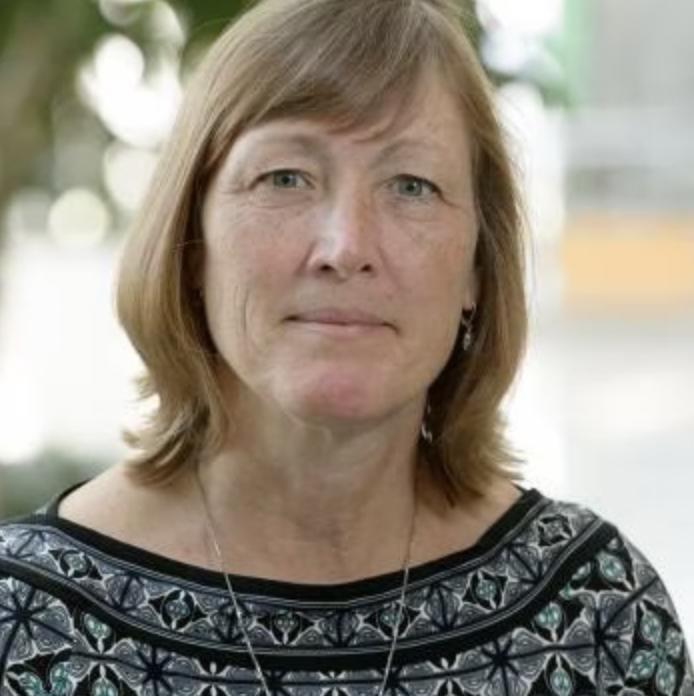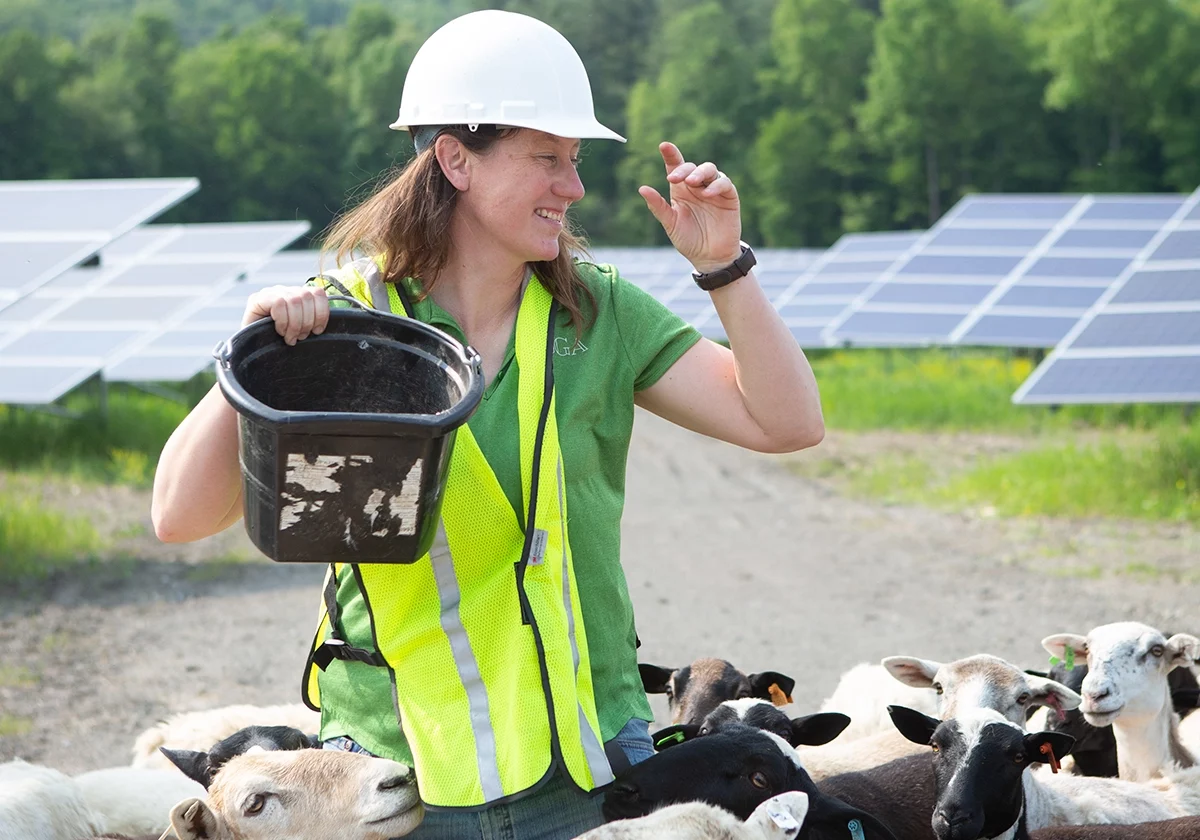ASGA Call #63 Replay: Pollinator Friendly Solar Sites with MNL
What are the benefits of pollinator friendly solar sites? How does it impact grazing?
Pollinator habitats continue to be an important issue for solar site development, both for their potential ecological benefits and because of their inclusion in legislation regulating dual use and solar siting. How pollinator habitats interact with grazing and vegetation management is a hot topic for the solar grazing world.
MNL (formerly Minnesota Native Landscapes) and their research partners joined us for this webianr on pollinator habitats at solar sites.
MNL’s Jake Janski provided a short summary of MNL’s pollinator friendly solar operations and the current situation surrounding solar and solar grazing in Minnesota.
Lee Walston and Heidi Hartmann from Argonne National Laboratory presented field data from their research into the ecological opportunities of solar-pollinator habitats.
Finally, Laura Lukens from Monarch Joint Venture presented the results from a 2021 pilot study that investigated the benefits of pollinator-friendly solar in Minnesota.
The presentations were followed by a Q&A.
Hosts: Kevin Richardson (ASGA) and Jonathan Barter
About the Speakers
Jake Janski is the Director of Service Operations and a Senior Ecologist at MNL (formerly Minnesota Native Landscapes). Jake applies experiences from the past 22 years in the Ecological Restoration industry towards the effective restoration and management of our region’s plant communities, solar sites, pollinator habitats, and natural resources. Jake is responsible for MNL’s broad spectrum of ecological field services including habitat restoration, stormwater management, conservation grazing, vegetation management, prescribed burning, and wildland fire suppression. In recent years, he has also contributed directly to DOE’s InSPIRE agrivoltaic research and ASTRO working group; served on the PV-SMaRT project’s Water Quality Task Force; and received a state grant to study the impacts of sheep grazing on pollinator habitat.
Lee Walston (M.S.) is an ecologist at Argonne National Laboratory where he is head of the Ecology, Natural Resources, and Managed Systems Department within the Environmental Science Division. He has over a decade of experience in efforts to better understand and minimize the ecological impacts of solar energy. For the past 5 years he has been involved in several DOE-funded projects to evaluate the ecological and ecosystem service opportunities of solar-pollinator habitat. He also serves on several renewable energy advisory boards and working groups such as the TWS Renewable Energy Working Group.

Heidi Hartmann (M.S.) manages the Land Resources and Energy Policy Program within the Environmental Science Division at Argonne National Laboratory. Heidi’s career has been focused on the assessment of impacts of environmental stressors on human health and ecosystems, with an emphasis on stressors introduced by various types of energy use. Most recently she has supported Bureau of Land Management and Department of Energy projects assessing environmental impacts and potential ecosystem services from utility-scale solar development.
Laura Lukens is a Program Coordinator for the Monarch Joint Venture, a nonprofit organization dedicated to conserving monarch butterflies and their migration. Laura coordinates research projects throughout the US and cultivates a network of researchers and science initiatives to advance monarch conservation priorities. Since 2014, Laura has worked on a variety of projects, studying monarch butterflies, their natural enemies, and habitat conditions in a variety of land use types and regions.





